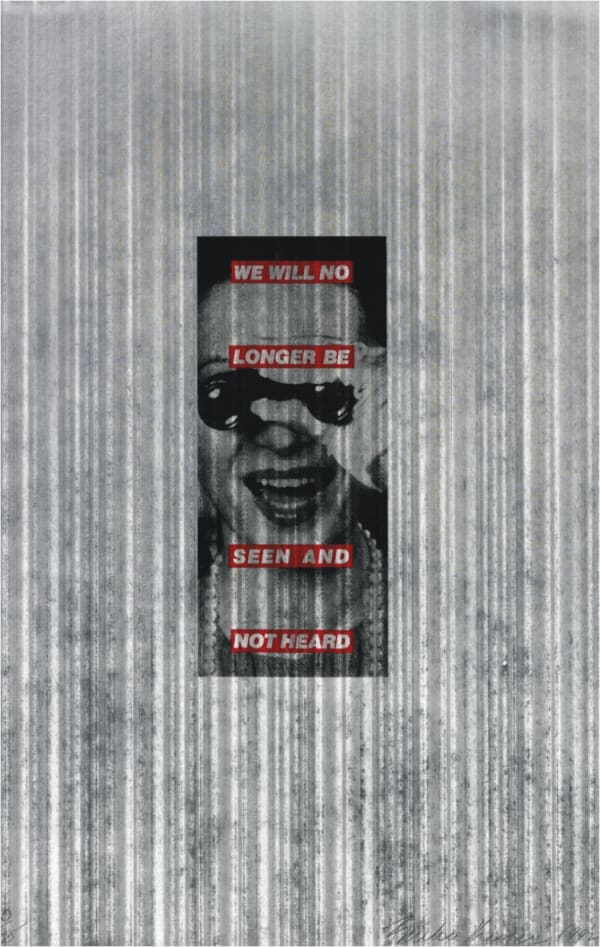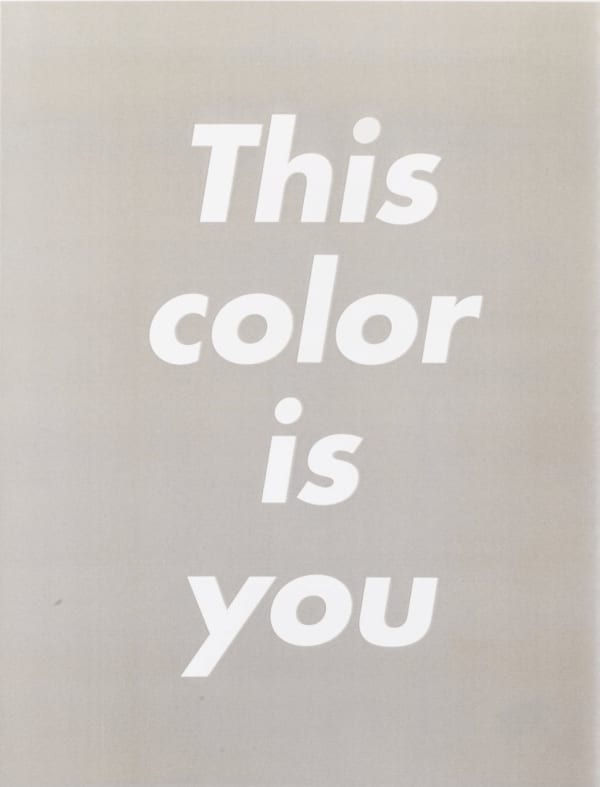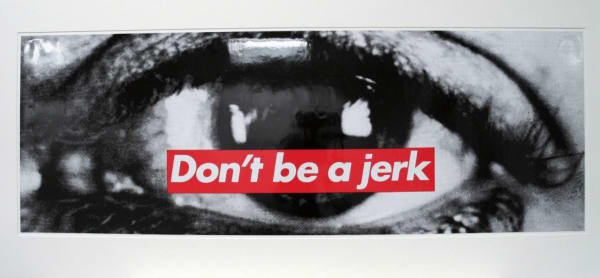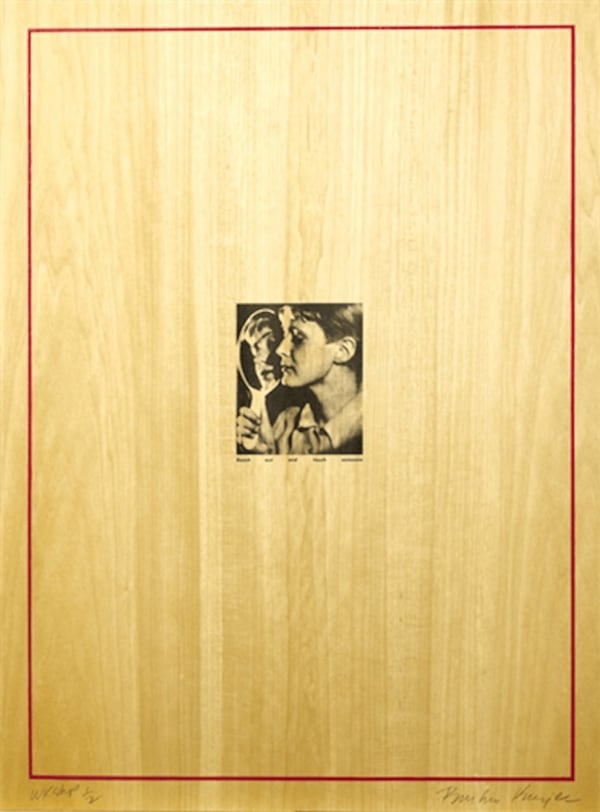Barbara Kruger, born on January 26, 1945, in Newark, New Jersey, is a prominent contemporary artist known for her distinctive use of text and image to explore themes of power, identity, consumerism, and feminism. Growing up during the golden age of American advertising, Kruger was profoundly influenced by the pervasive media and consumer culture of the time. This early exposure played a significant role in shaping her artistic approach, which often critiques the very systems of communication and imagery that defined her formative years.
Kruger began her formal art education at Syracuse University’s School of Visual Arts in 1964. She continued her studies at Parsons School of Design in New York in 1965, where she was influenced by notable teachers such as Diane Arbus and Marvin Israel. Her time at Parsons was pivotal, providing her with a robust foundation in visual design and conceptual thinking. After leaving Parsons, Kruger gained practical experience working as a graphic designer and picture editor at Condè Nast Publications. This professional background in the media industry equipped her with a keen understanding of the power of visual culture and the manipulation of images and text.

Kruger's early career in graphic design and editorial work profoundly influenced her artistic style. She is best known for her black-and-white photographs overlaid with bold, declarative text in white-on-red Futura Bold Oblique or Helvetica Ultra Condensed typeface. This distinctive aesthetic draws directly from the visual language of advertising and mass media, which Kruger repurposes to critique the very structures from which they originate. Her work often features pronouns such as "I," "You," and "We," creating a direct and personal engagement with the viewer.
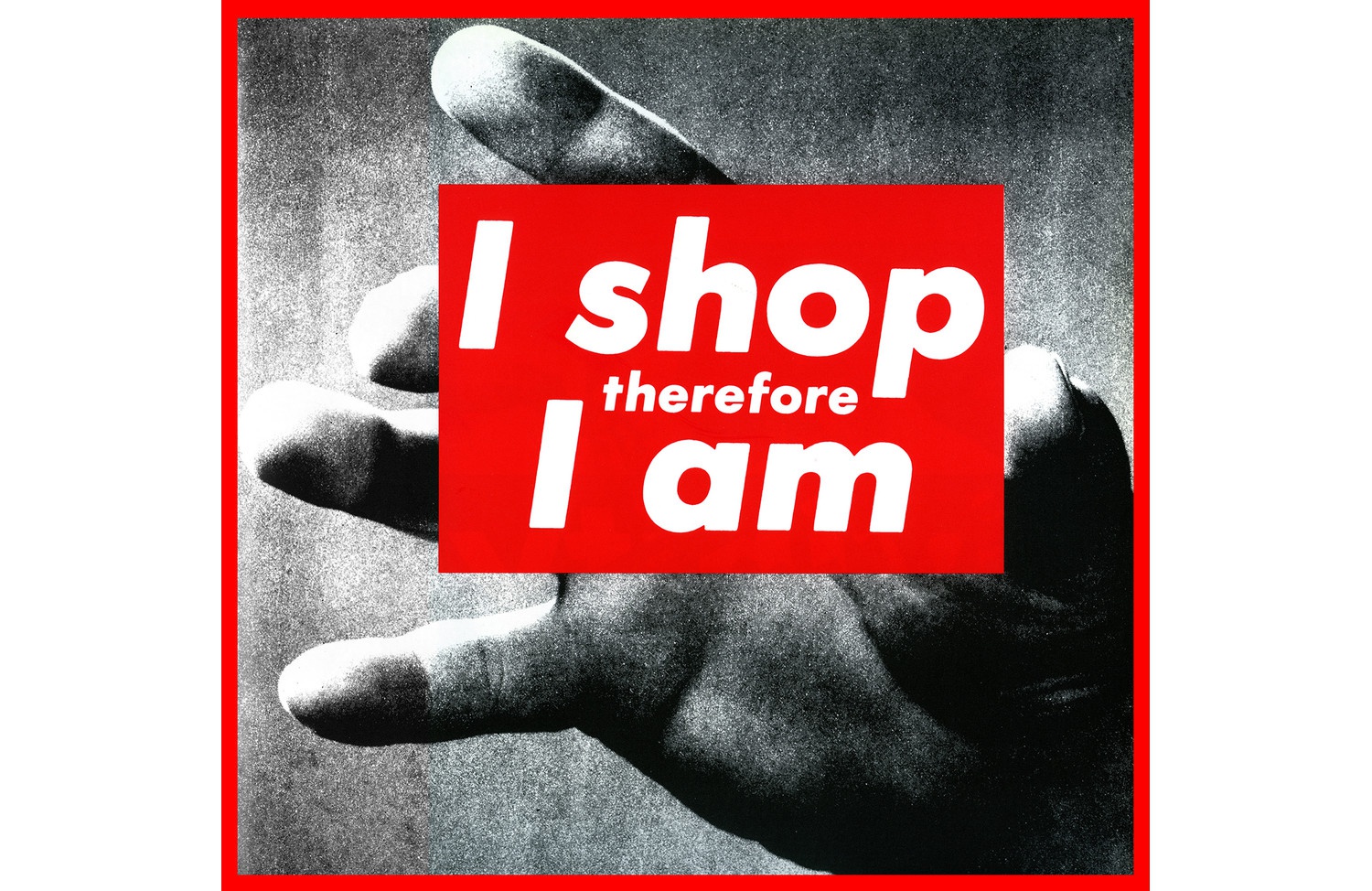
One of Kruger’s most iconic works is Untitled (I Shop Therefore I Am) from 1987. This piece features the phrase "I shop therefore I am" superimposed over a hand, critiquing the pervasive consumer culture and the reduction of identity to consumerism. This work exemplifies Kruger's ability to distill complex social critiques into visually striking and thought-provoking imagery, challenging viewers to reconsider the values and behaviors promoted by capitalist society.
In addition to her two-dimensional works, Kruger has also created large-scale installations that immerse viewers in her provocative text and imagery. For instance, her 1991 exhibition at Mary Boone Gallery in New York featured a site-specific installation that covered all four walls of the gallery with her characteristic text and images. These installations extend Kruger’s critique into the physical space, enveloping viewers in her messages and compelling them to confront the societal issues she addresses.
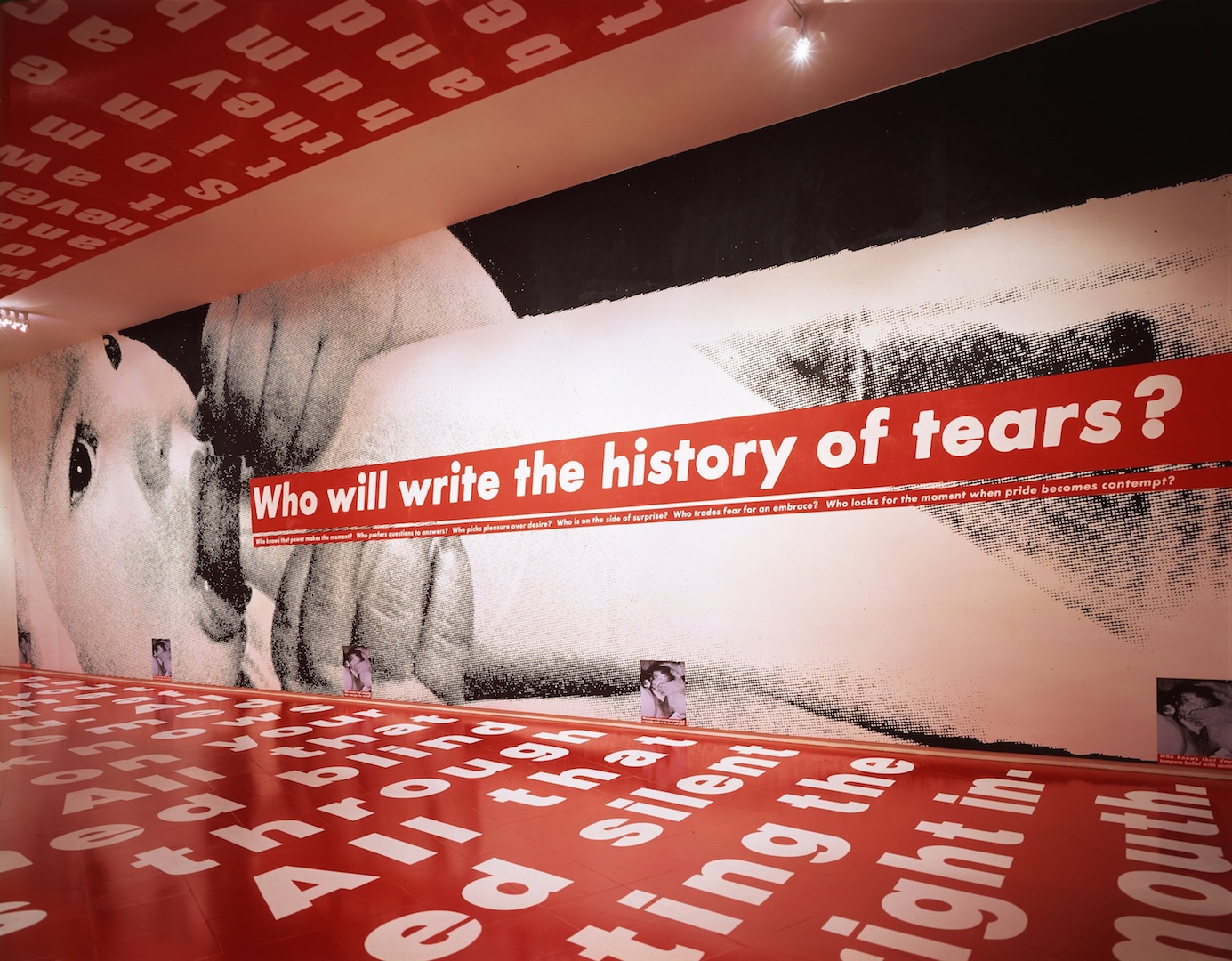
Kruger's influence extends beyond the art world into popular culture, where her style has been widely imitated and appropriated. Notably, the lifestyle brand Supreme adopted a similar visual aesthetic for its logo, highlighting the pervasive impact of Kruger's work on contemporary visual culture. Despite such appropriations, Kruger’s work remains distinct for its critical edge and unflinching interrogation of power dynamics and societal norms.
Throughout her career, Barbara Kruger has received numerous awards and honors, including the Golden Lion for Lifetime Achievement at the Venice Biennale in 2005. Her work is held in major collections around the world, including the Museum of Modern Art in New York, the Tate Modern in London, and the Los Angeles County Museum of Art. Kruger continues to create and exhibit work that challenges viewers to question the power structures and cultural narratives that shape their lives, maintaining her position as a vital and influential figure in contemporary art.


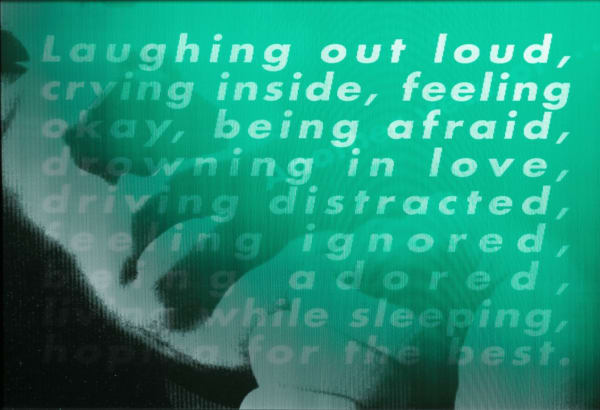

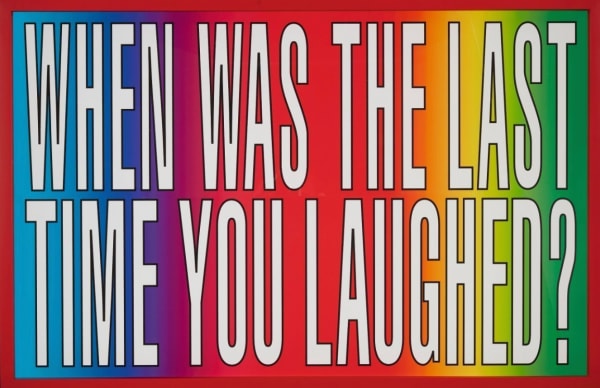
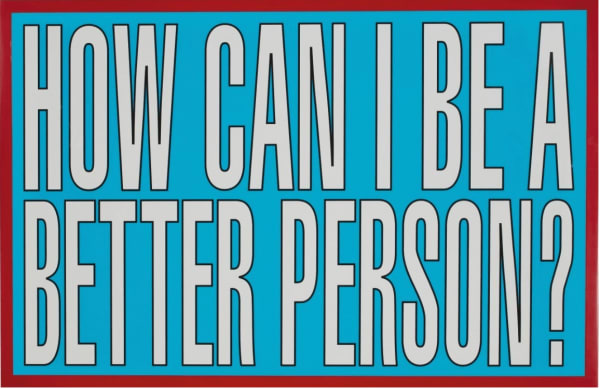
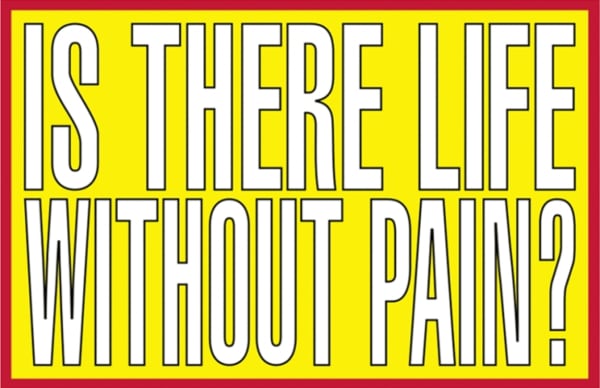

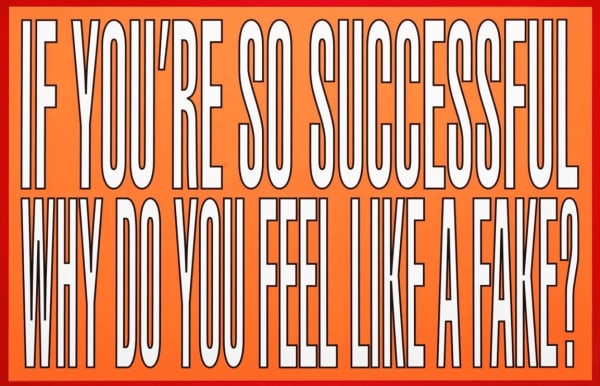


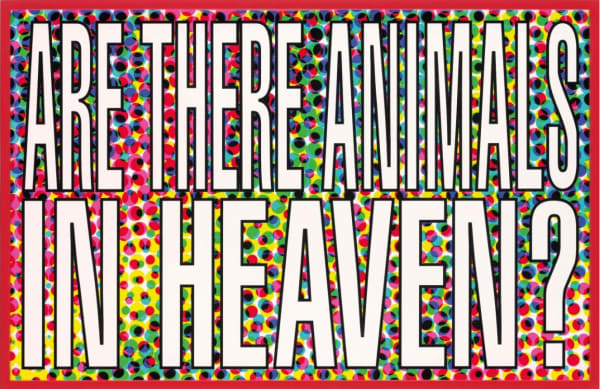
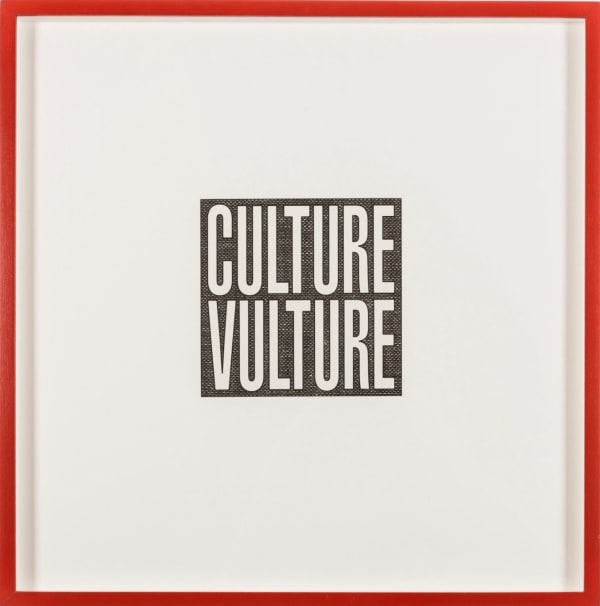



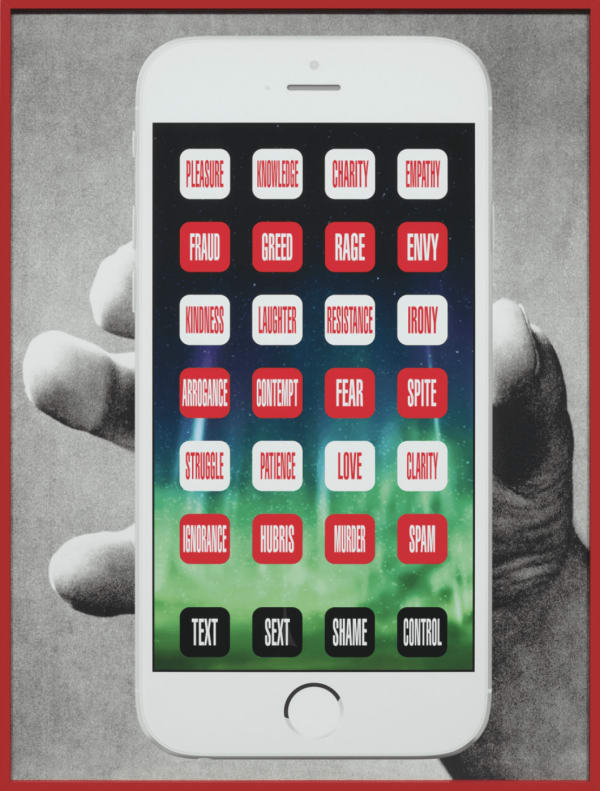





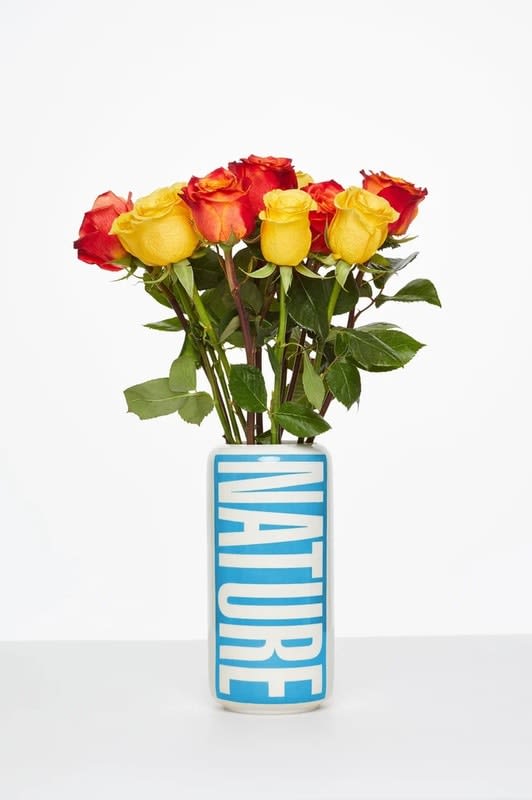
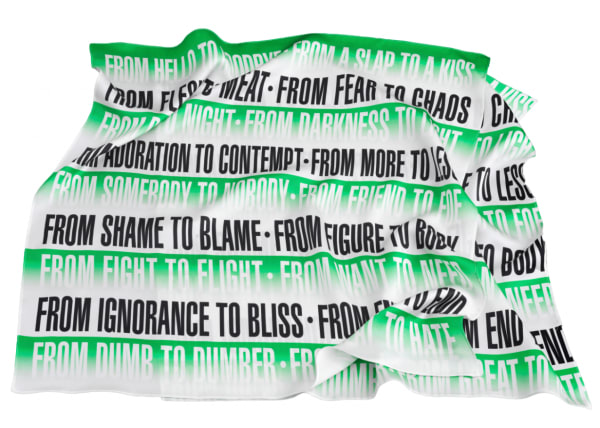




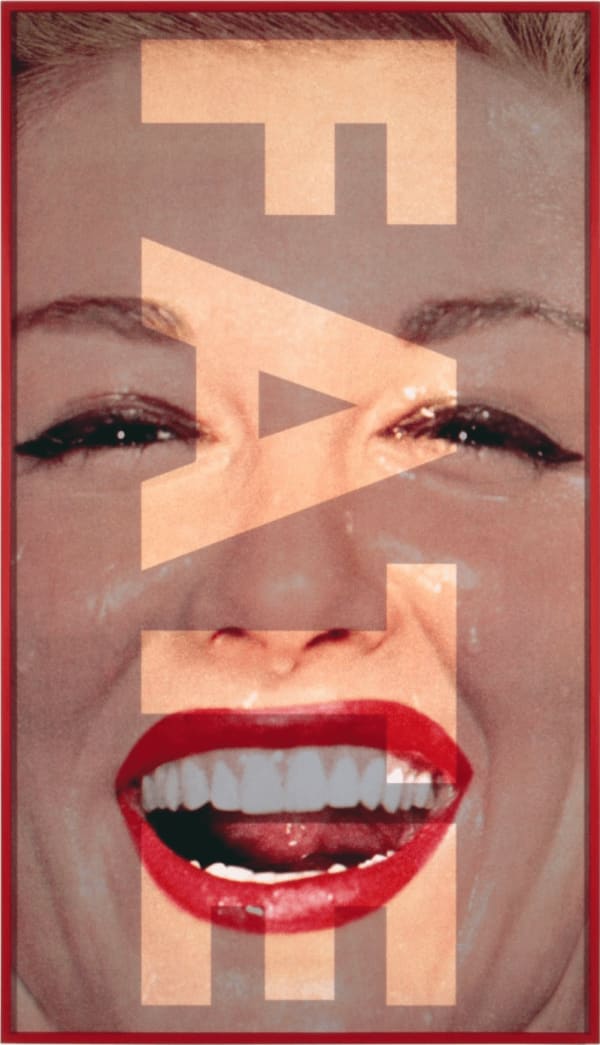





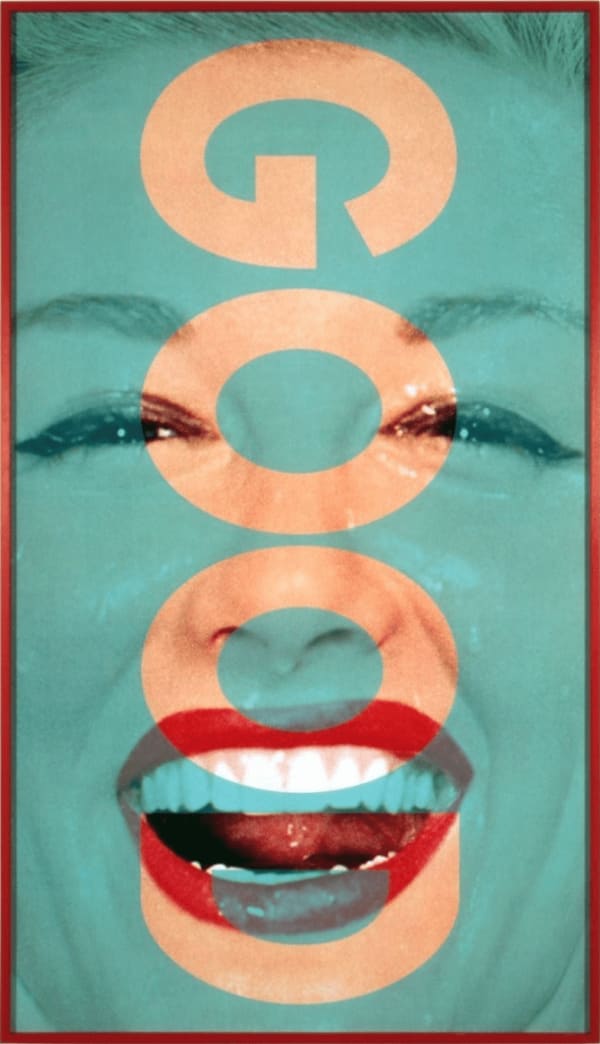




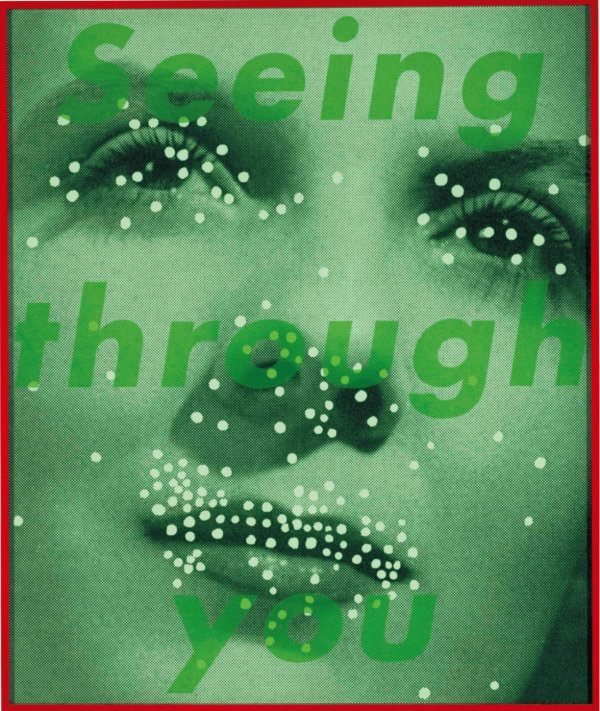



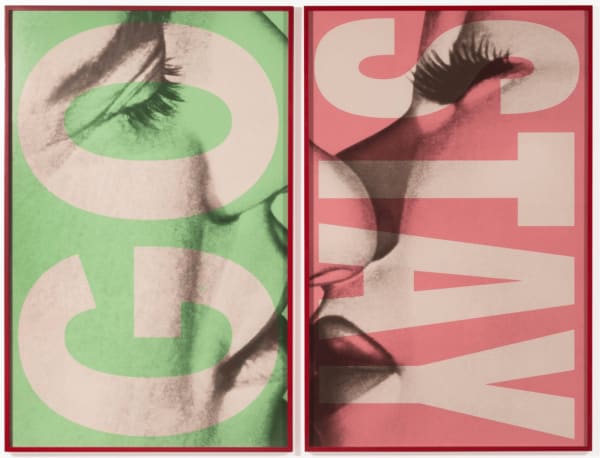
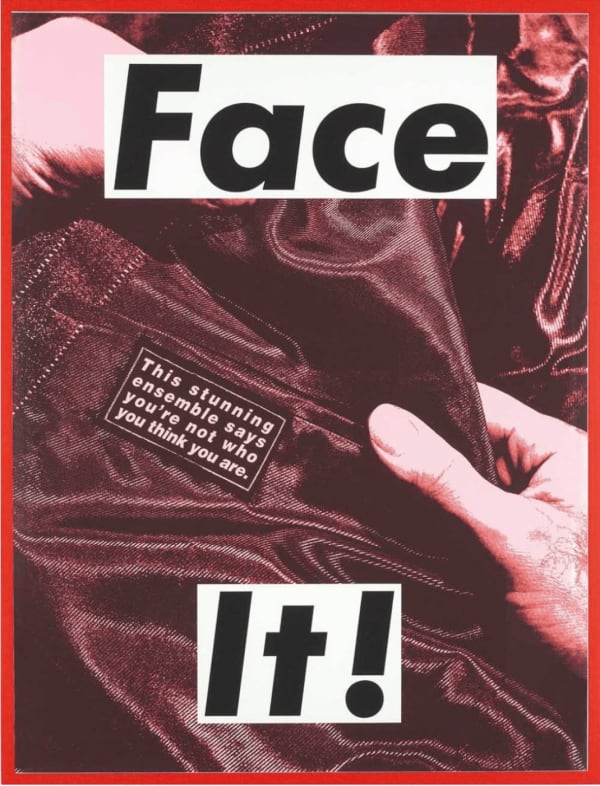
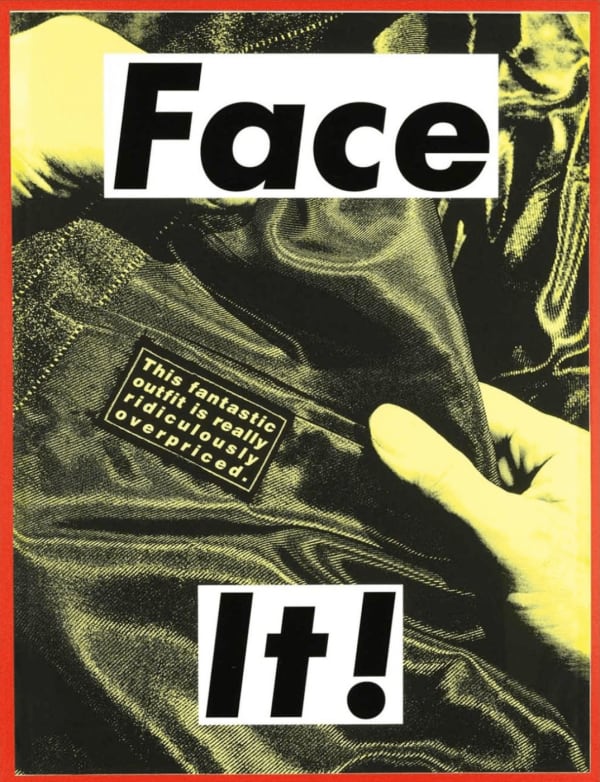
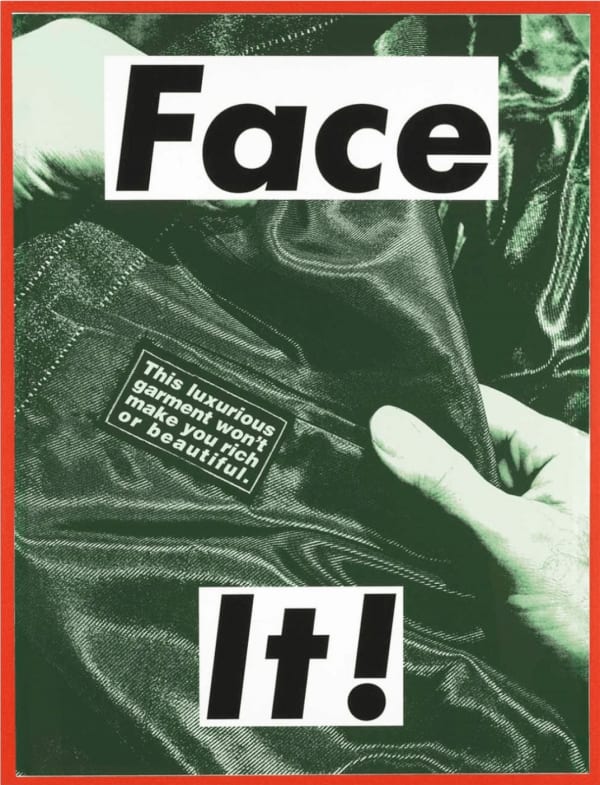

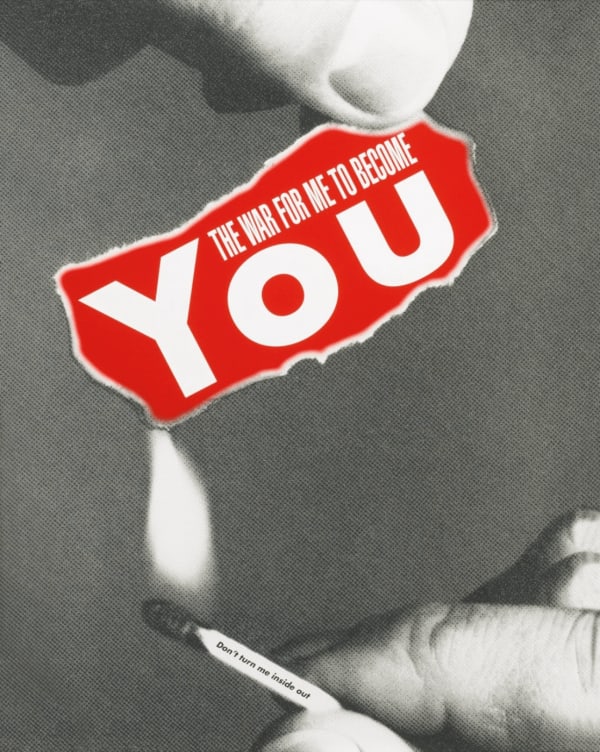
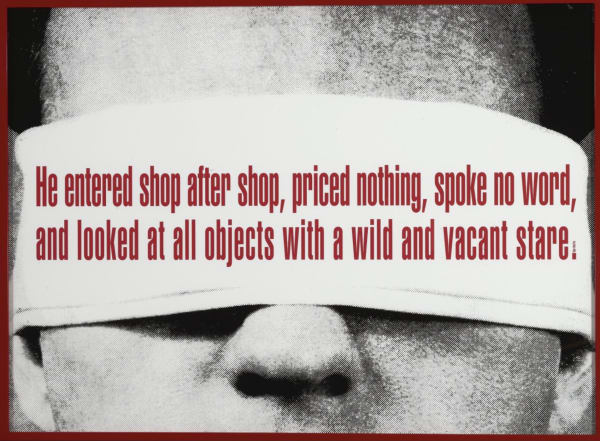


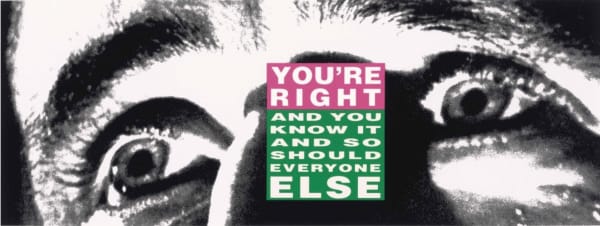



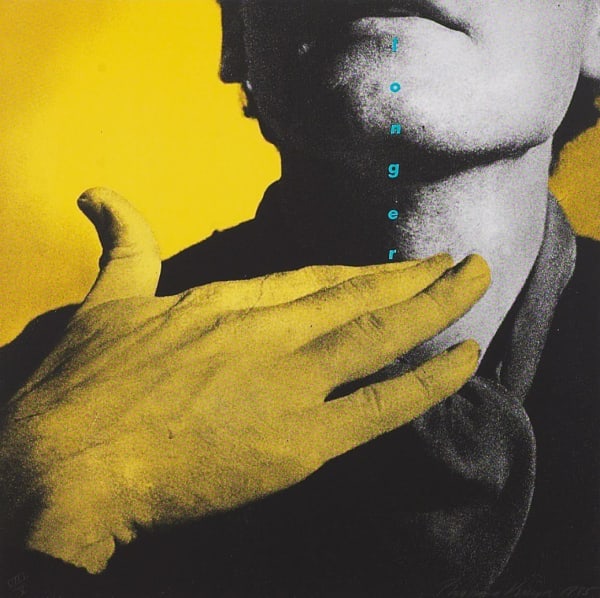
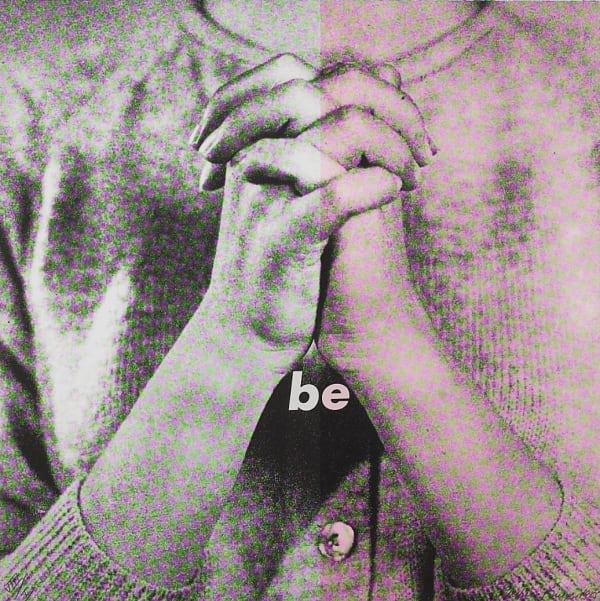


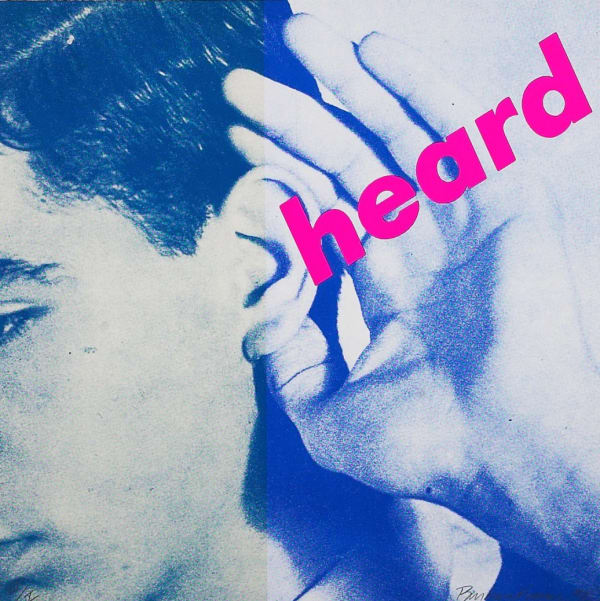

![Barbara Kruger, Savoir, c'est pouvoir [Knowledge is Power], 1989](https://artlogic-res.cloudinary.com/w_600,c_limit,f_auto,fl_lossy,q_auto/artlogicstorage/guyhepner/images/view/1f08786e3f0208460982967ca801f4fep/guyhepner-barbara-kruger-savoir-c-est-pouvoir-knowledge-is-power-1989.png)

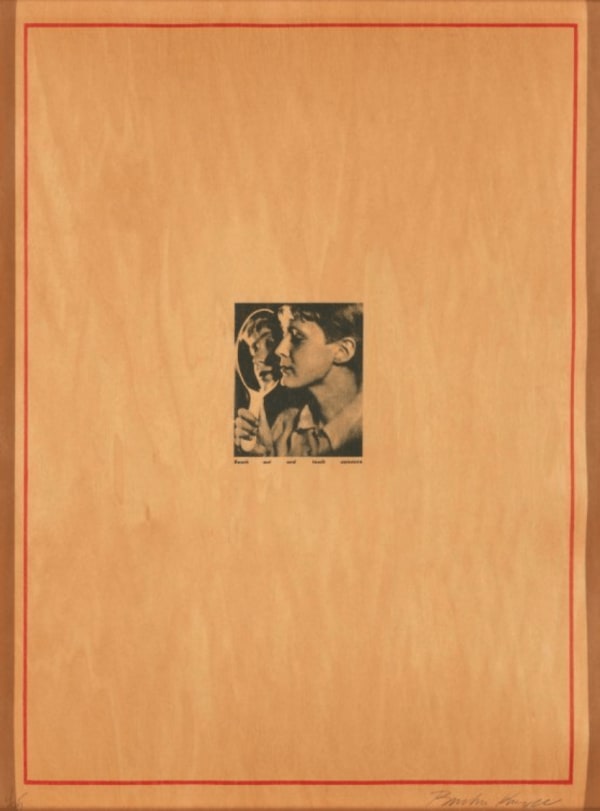
![Barbara Kruger, Dein Körper ist ein Schlachtfeld [Your Body is a Battlefield], 1990](https://artlogic-res.cloudinary.com/w_600,c_limit,f_auto,fl_lossy,q_auto/artlogicstorage/guyhepner/images/view/32e94251ac3078f0ebc4bdf4136e8d20p/guyhepner-barbara-kruger-dein-k-rper-ist-ein-schlachtfeld-your-body-is-a-battlefield-1990.png)

